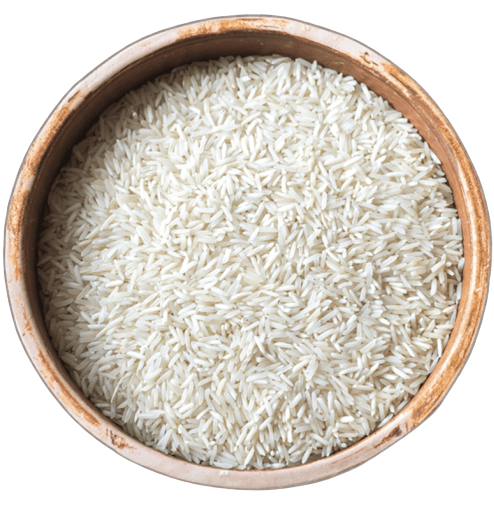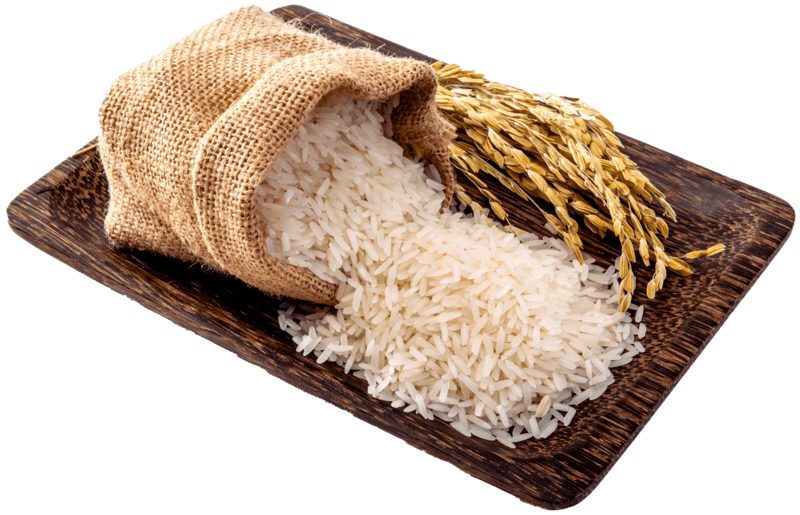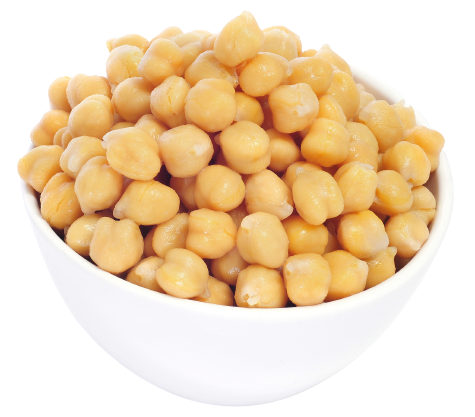Basmati Rice :
Basmati rice is a type of long-grain rice that is primarily grown in the Indian subcontinent. Long, slender grains that hold their shape when cooked are among its best qualities, along with a distinctive scent and delicate flavour.
Many South Asian recipes, such as biriyanis, pulaos, and other rice-based meals, include basmati rice as a key ingredient. It is frequently regarded as a premium rice type because of its premium features and is also well-liked in international cuisine.
From savoury main dishes to sweet rice puddings, basmati rice is a flexible component that can be utilised in a variety of recipes. Many food fans appreciate it because of its scent, texture, and flavour.
Types of Basmati Rice :
1121 Basmati Rice, Pusa Basmati Rice, 1509 Basmati Rice, 1401 Basmati Rice, Sharbati Basmati Rice, Sugandha Basmati Rice.

Non-Basmati Rice :
Non-Basmati rice refers to any type of rice that is not classified as Basmati rice. Non-Basmati rice variants are widely consumed throughout the world and exist in a variety of forms, dimensions, and textures. There are numerous non-Basmati rice cultivars that are used in international cuisines. Based on taste, texture, and regional preferences, each species of rice can be used in a variety of dishes due to its unique culinary uses and properties.
Types of Non-Basmati Rice :
Sona Masoori, Seeraga Samba, Ponni Rice, IR 64 Rice, IR 8 Rice, Kerala matta Rice, Idly Rice.

Maize :
Corn, commonly referred to as maize, is a cereal grain that is extensively grown for its edible seeds. It is a common dish, particularly in the Americas, in many regions of the world. Fresh corn on the cob, cornmeal, corn flour, and corn oil are some of the different ways that maize can be consumed.
It is a key ingredient in many different foods, such as tortillas, polenta, cornbread, and a variety of snacks. Maize is a significant source of animal feed, particularly for livestock like chickens, cows, and pigs. Additionally used for industrial purposes, such as the production of bio-fuel and maize oil as well as sweeteners, thickeners, and other things.

Chickpeas :
Chickpeas, also known as garbanzo beans, are a type of legume that is widely consumed around the world. They have been domesticated for many centuries and are a common element in many different cuisines. The flavour and texture of chickpeas are well known for being nutty and slightly gritty. They can be included into a wide range of savoury and sweet meals.
Chickpeas include a lot of nutrients. They are an excellent source of iron, phosphorus, zinc, dietary fibre, complex carbohydrates, and plant-based protein. Chickpea consumption has a number of health advantages. Their high fibre content may facilitate digestion and increase satiety, which may help with weight management.

